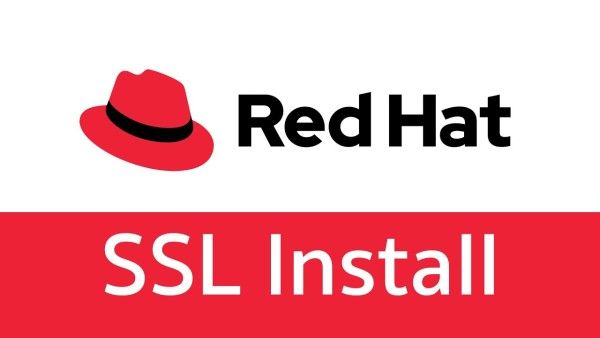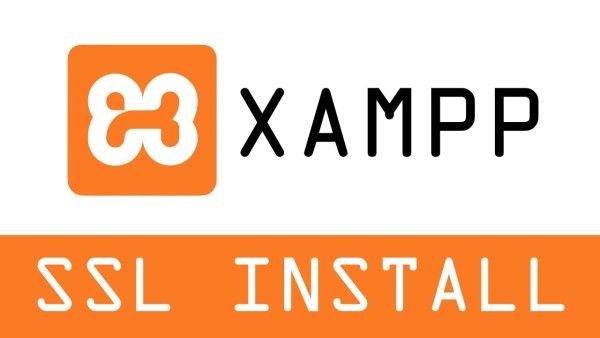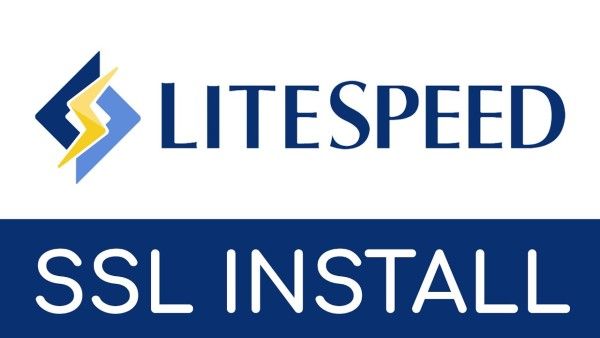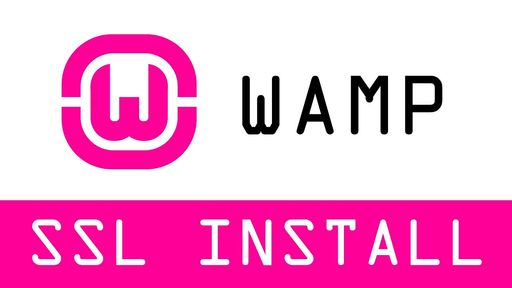
Install SSL/TLS for WAMP Video Guide
Pre-requisites:-
1: Make sure you have a valid domain name and a DNS Service to validate the certificate
Step 1. Generating a CSR and Private Key
Head over to SSLTrust's CSR Generator and generate your Certificate Signing Request and Private Key.
Make sure that you save your Private Key and CSR locally on your device. By doing so, you can re-install the certificate as many times as
required.
Step 2. Order and Configure the SSL Certificate
The next step in the installation process is to order an SSL Certificate. If you visit our SSL Certificates List page, you will have a number of options available, such as a low-cost domain-validated SSL or a multi-domain SSL.
Cheap SSL Certificates
View our low cost SSL Certificates with domain validation.
Starting at $ per year
Business Certificates
View our Business Certificates to secure and verify your business.
Starting at $ per year
If you require any assistance with selecting an SSL Certificate, please feel free to contact our sales team and they will be happy to assist.
1: Order the SSL and complete the checkout.
2: Once you have completed the SSL Certificate Purchase you can begin the configuration process. This can be started by going into your SSLTrust account and managing your recent purchase.
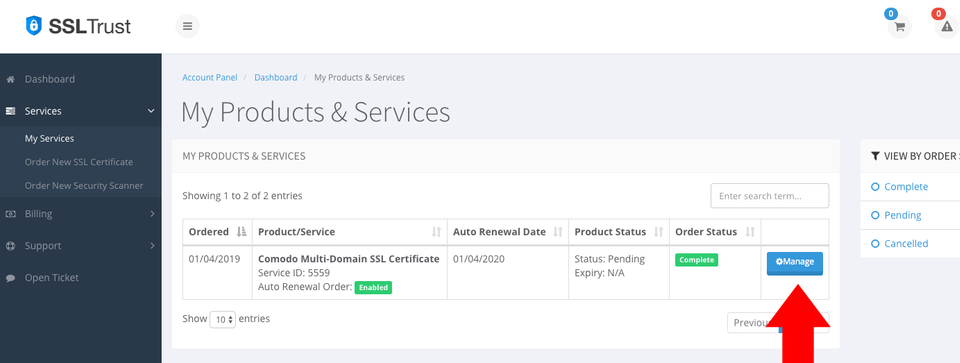
You then will need to click the Submit Configuration button to begin the configuration process.
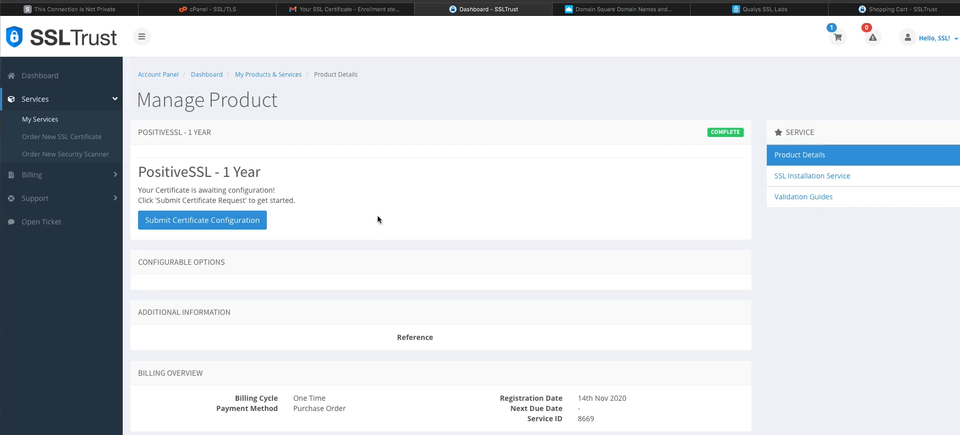
3: You now need to paste in the CSR you generated with SSLTrust's CSR Generator. This includes the lines:
text
-----BEGIN CERTIFICATE REQUEST---- -----END CERTIFICATE REQUEST-----
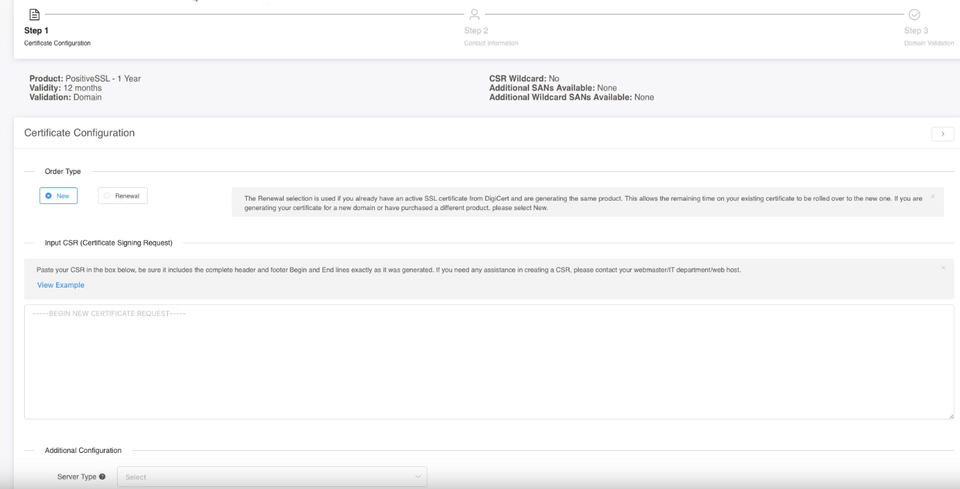
Select Apache for your Web Server Type.
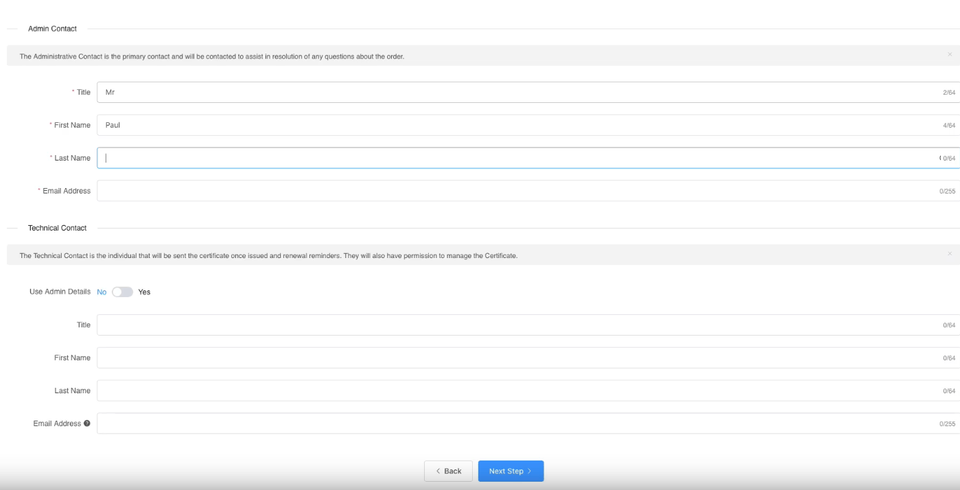
You will need to also enter the Site Administrator Contact Information.
This information is to be of the individual who is responsible to approve and SSL Certificate. If it is a business SSL, it needs to be a contact under the business.
The Technical Contact Information is the details of the individual responsible for the installation and management of the Certificate.
If you have ordered a business SSL, you will also be required to enter your business details. These should be the correct address and phone number and legal entity name. They will be required to be validated by the Certificate Authority, any mistakes will cause delays. More information on Business Validation can be found here.
4: Click Continue to go to the next Step. Here you need to select the Authentication Method to validate your domain name. This is required to prove you own the domain name and have permission to issue an SSL Certificate for the domain.
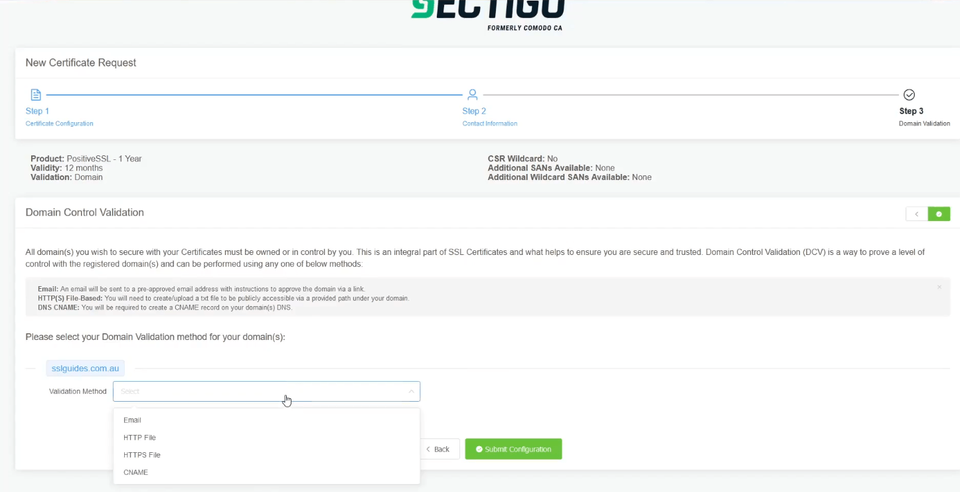
Select the method that will be the easiest for you to use; File-Based Authentication ( HTTP / HTTPS ), CNAME Based Authentication ( DNS ) or Certificate Approver Email.
If you have access to one of the listed emails, this can be the quickest method
Click Continue/Submit to finish the Configuration process.
After you complete the domain validation via your selected method, your SSL will be issued. If you ordered a Business SSL, you will need to wait for the Certificate Authority to complete the Business address and phone validation. If the validation has not progressed, or you have not received your Certificate after some time, please contact our support team so we can check on its status.
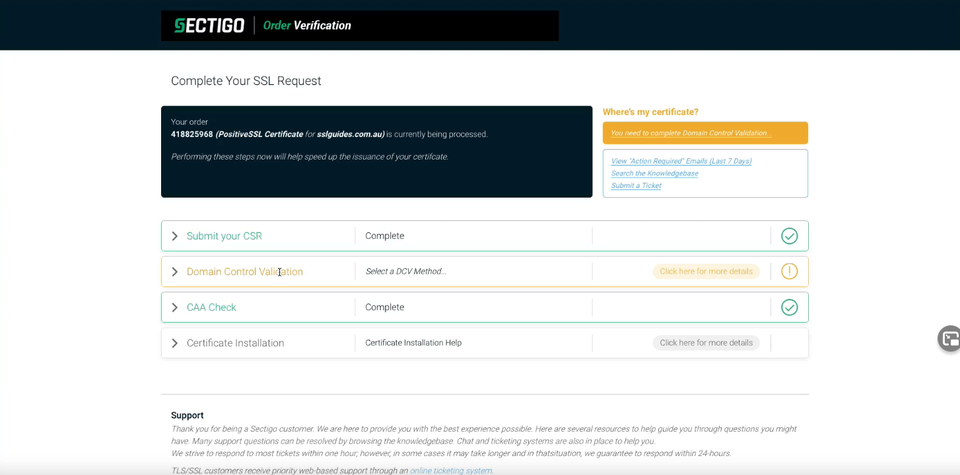
Step 3. Download the SSL Certificate files and move them to WAMP
When your SSL Certificate has been issued, you will be emailed the Certificate Directly from the Certificate Authority. You can also download it from your SSLTrust Portal. Downloading it from the SSLTrust Portal is a good option as we format the certificate in an easy to use way.
Again; View your certificate management page within SSLTrust
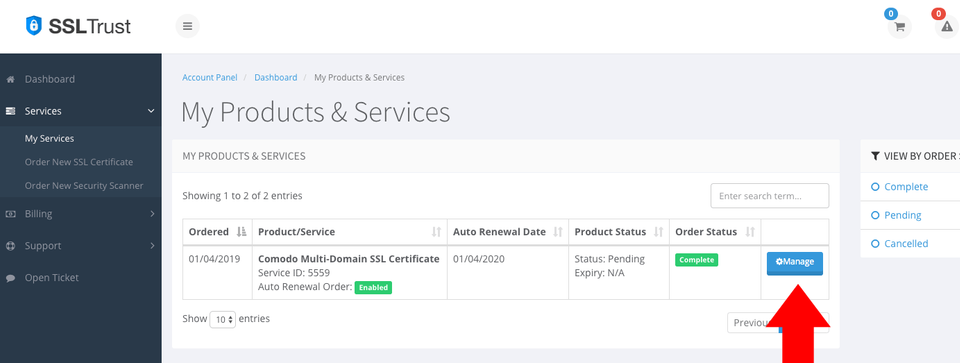
1: Click on the Manage button and collect/download your certificate
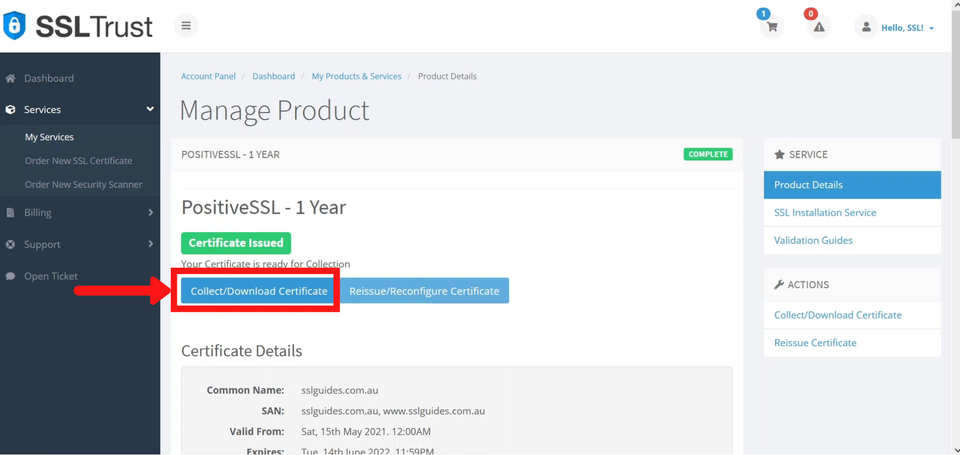
2: Select the format as "separate primary and intermediate .crt files (zipped)" and download your certificate
3: Once you've downloaded the certificates, open them both with your preferred editor and combine both certificates into one file. Make sure that the primary certficate comes first and then the intermediate certificate. Installing an intermediate certificate makes sure that there are no security warnings on your website. Additionally, it makes for best SSL practices and makes your site more secure.
4: Once you've combined the certificate files, create a folder named ssl as shown in the following path
text
"C:\wamp\bin\apache\apache2.4.51\conf\ssl"
and paste your combined certificate file and your private key in that folder.
Note:- Make sure your replace "C:" with the drive you installed WAMP in if you did not install it in the default location.
Step 4. Add the site in Windows Hosts
1: Open notepad as administrator.
2: Edit C:\Windows\System32\drivers\etc\hosts (the file has no extension)
3: Add this at the bottom:
text
127.0.0.1 yourdomain.com
This command points Localhost to http://yourdomain.com locally and displays the default WAMP Dashboard Page.
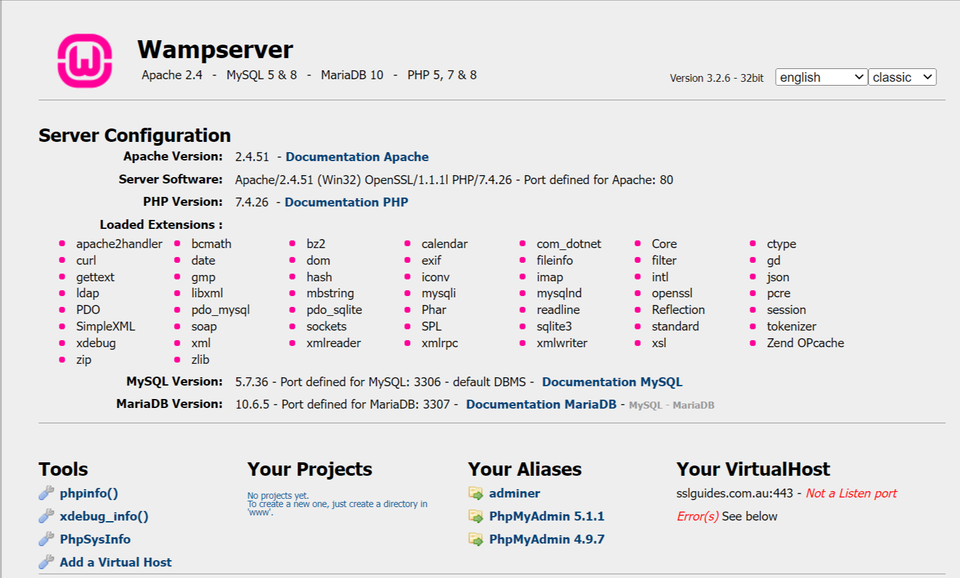
Step 5. Configure the main Apache and SSL Configuration files
1: Open httpd.conf located in "C:\wamp64\bin\apache\apache-(version)\conf\httpd.conf (based on where you installed WAMP) Now, uncomment the following 3 lines:-
text
LoadModule ssl_module modules/mod_ssl.so Include conf/extra/httpd-ssl.conf LoadModule socache_shmcb_module modules/mod_socache_shmcb.so
2: Open httpd-ssl.conf located in "C:\wamp64\bin\apache\apache-(version)\conf\extras\httpd-ssl.conf (based on where you installed WAMP) Change the following lines:-
text
DocumentRoot "${INSTALL_DIR}/www"
ServerName localhost:443
ServerAdmin admin@example.com
SSLCertificateKeyFile "${SRVROOT}/conf/ssl/private.key"
SSLCertificateFile "${SRVROOT}/conf/ssl/certificate.crt"
Furthermore, make sure that the following all lines are the same. If not, make sure to change them.
text
SSLSessionCache "shmcb:${SRVROOT}/logs/ssl_scache(512000)"
CustomLog "${SRVROOT}/logs/ssl_request.log" \
"%t %h %{SSL_PROTOCOL}x %{SSL_CIPHER}x \"%r\" %b"
Step 6. Configure the Apache VirtualHost
Open C:\wamp64\bin\apache\apache-(version)\conf\extra\httpd-vhosts.conf (based on where you installed WAMP) Make sure to make the changes as follows:-
text
ServerName yourdomain.com
ServerAlias www.yourdomain.com
DocumentRoot "${INSTALL_DIR}/www"
Options +Indexes +Includes +FollowSymLinks +MultiViews
AllowOverride All
Require local
SSLEngine on
SSLCertificateFile "${SRVROOT}/conf/ssl/certificate.crt"
SSLCertificateKeyFile "${SRVROOT}/conf/ssl/private.key"
Double check the paths to the certificate and the private key and make sure they match the locations.
Step 7. Restart Apache WebServer
Restart all Services via the WAMP Control Panel to restart your server and implement all changes. That's it, you should have now successfully installed an SSL Certificate on WAMP. Head over to https://yourdomain.com:443 and check your secure connection.
Step 8. Check SSL Certificate
SSLTrust's Free SSL Checker is a tool that allows you to test and validate the SSL/TLS certificates installed on websites. Simply enter a domain name and it will analyze the certificate, providing details like the issuer, expiration date, encryption strength, and whether the certificate is properly configured and trusted by major browsers and operating systems. In SSL tests, receiving an "A" rating typically signifies that the SSL certificate and its configuration meet high security standards.
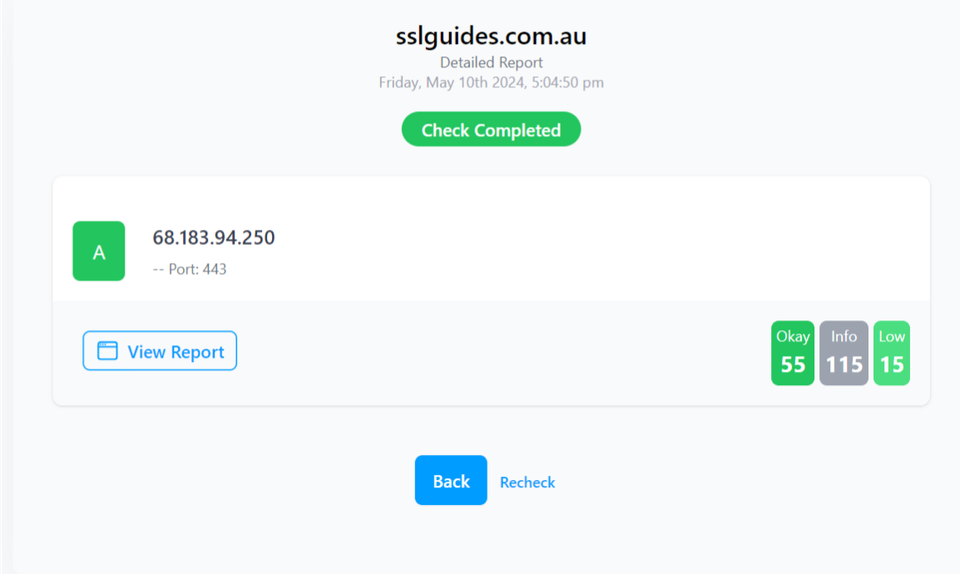
The checker highlights any potential security issues or misconfigurations with the SSL implementation. This free tool makes it easy to verify if a website's SSL certificate is valid and secure, giving visitors confidence their connection is encrypted and their data is protected from eavesdroppers.
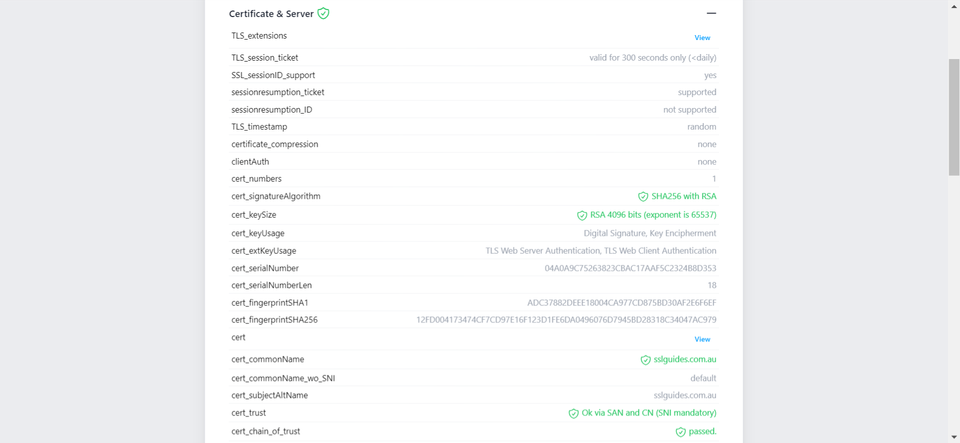
Additionally, you can also performed a detailed check which generates an actionable report with all the ins and out of your SSL Certificate. This includes Protocols, Ciphers, Vulnerabilities and much more.
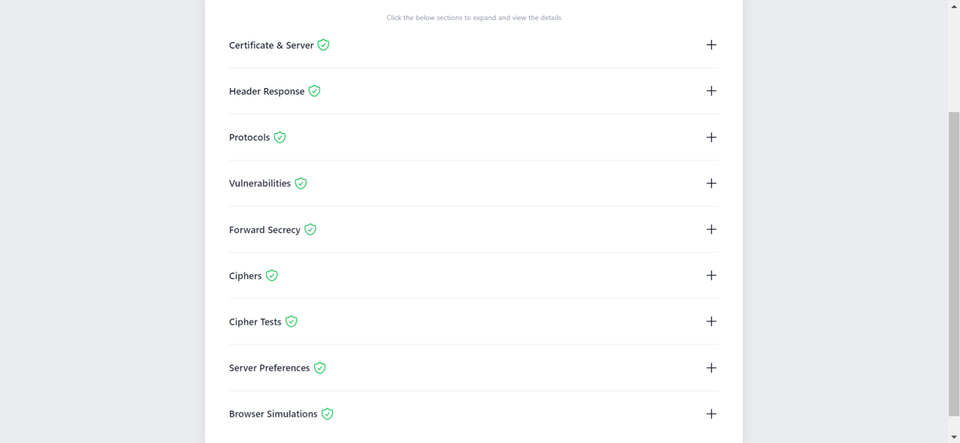
-
You might require assistance from your web developer or make the necessary updates to your website personally to ensure that all files utilize "https://" and all links leading to and within your website employ "https://".
Discussions and Comments
Click here to view and join in on any discussions and comments on this article.


